Winward Casino Review And Free Chips Bonus
Winward Casino Review And Free Chips Bonus Join the Excitement and Play the Best Online Casino Games Today: The Top Online Casino Without Downloading, winward
Finally, the cold weather is leaving us for another year. As the weather warms up, your lawn will need a little TLC to transition out of winter dormancy.
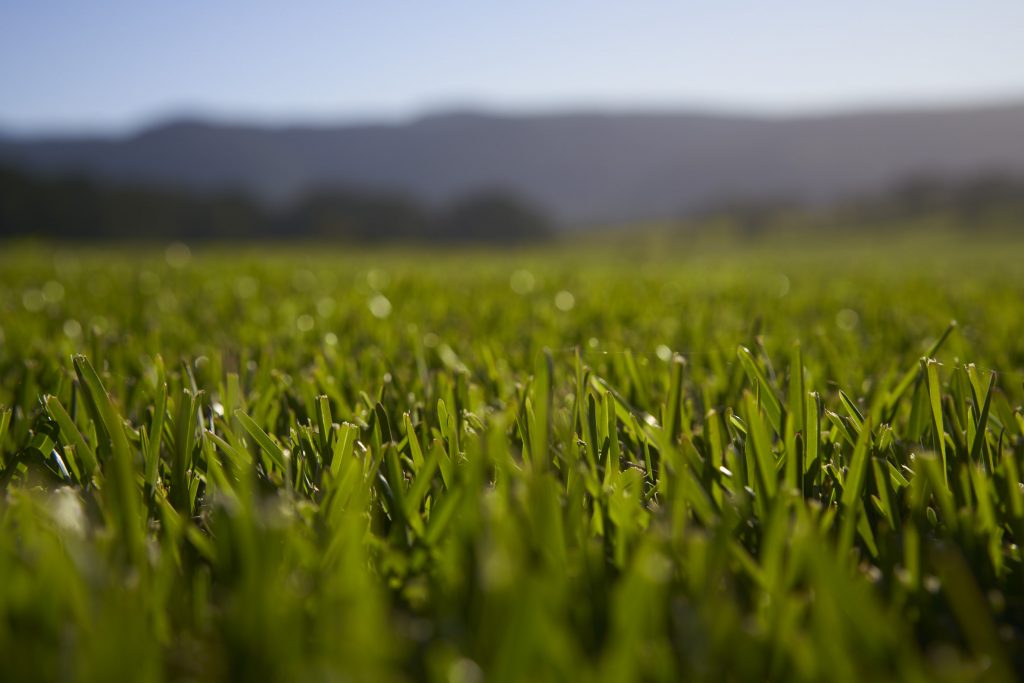
Your lawn has had a well-deserved nap over the winter period, but now it’s time for it to do its thing.
Your lawn is the place where you’ll play with your kids, host BBQs, or simply have it sit pretty. Either way we want it in tip-top shape for all the fun of spring and summer.
Here are a few handy general Lawn Maintenance tips to get you through the Spring Season…
First and foremost, you will need to focus on the removal of any and all weeds within your lawn.
The rise in temperatures will result in an increase of the growth rate of your lawn, but also encourage dormant or newly germinating weeds to appear.
You can remove most single weeds by hand, preferably before they go to seed. Once seeded, the weed will spread much quicker. A weeding tool will assist in removal on the entire root system of the weed. Mow over flat and broad-leaf weeds.
The presence of some weeds can hint at a lack of nutrients. For example, Clover hates Nitrogen, and clovers presence within your lawn can mean a lack thereof.
An application of an NPK fertiliser like Lawn Solutions Australia Premium Fertiliser once the weeds have been completely eradicated will replenish your lawn. A healthy lawn will choke most weed types.
If you’ve got many weeds or a persistent type, it may be worth calling Turfco for specialist for advice on the best herbicides to use. Check out our lawn weed removal guide for more information. The article below further dives into the identification and treatment of common weeds.
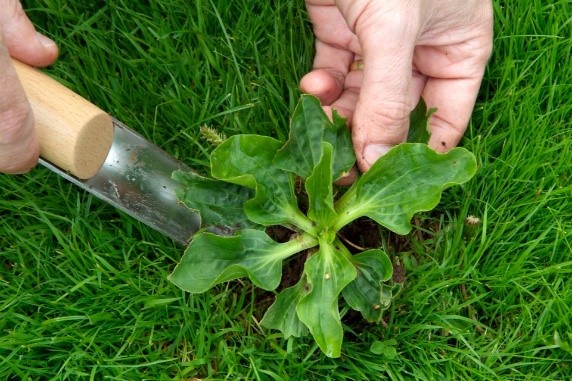
Check your soil pH. An incorrect pH means your lawn can miss out on important nutrients, while leading to overall poor performance.
Test your soil with a basic soil pH testing kit or soil probe. The optimum pH is between 6.5 to 7.4. If your pH is higher, use sulphate of ammonia to lower it.
If it’s lower, a 50:50 mix of lime or dolomite lime will help to raise it, while adding calcium and magnesium, which are often leached from acidic soils.
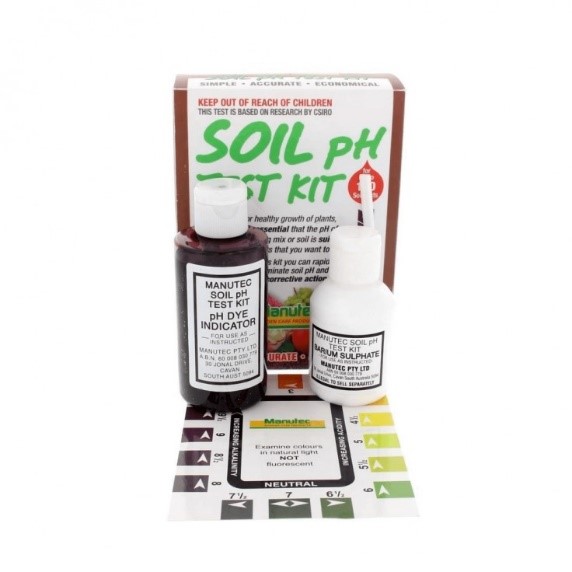
If your lawn has brown dead matter in its profile, or feels particularly “spongy”, this is due to a build-up of thatch. Dethatching will help air and nutrients reach the soil base of your lawn and help reduce the likelihood of fungal issues.
Some dethatching methods are as follows;
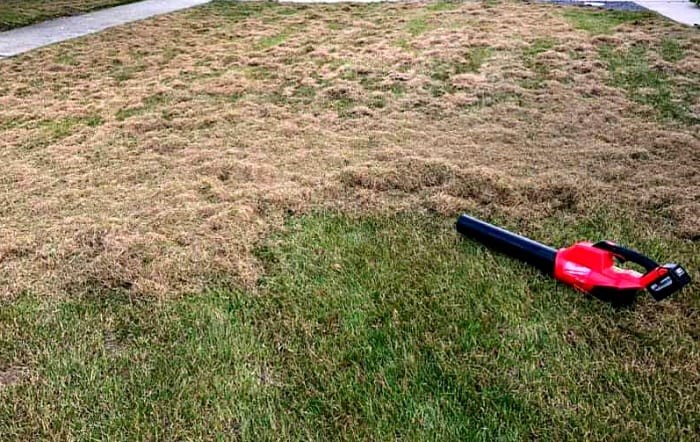
Aeration may be a necessary step after an intense winter period. Your soil may have become compacted and less absorbent to nutrients throughout the harsher cooler season.
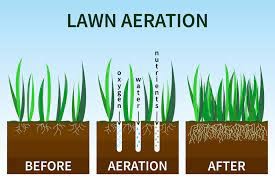
How do you know if you should aerate?
Well, before you jump right in there’s a handy trick you can use.
Grab a screw driver and push it down into your soil to about 100mm depth. If there is a large amount of resistance, it likely means your soil is compacted and is in fact, in need of some aeration. Just think if, a screw driver with force struggles to penetrate your soil, imagine the trouble all nutrients is having!
Aerating your soil increases the amount of air, water and nutrients it receives. This strengthens grass roots and helps create a healthier lawn. Aeration decreases thatch and compaction and should be carried out annually in high traffic areas and on hard lawns. Lawns with poorer soil can benefit from aeration too.
Aeration can be hard work on some soil types. A garden fork penetrated, then wriggled back and forth in a uniform manner throughout your lawn is a common form for lighter soils. Or the use of Spike Sandals may work well for lighter soils.
However, sometimes core aeration may be the best approach for heavier, clay based soil. A Tyne Aerator or lawn contractor with specialist equipment may be required. If your goal is to improve your overall soil profile, it is recommend to fertilise, then proceed with a sand top dress immediately after. More information about aerating your lawn here.

Spring is the time to fertilise. An application of fertiliser will help encourage new growth and establish strong roots for summer. But when it come to fertilising, you always want to be rid of weeds first before feeding them as well.
If you live in a cooler climate, you might need to use a liquid fertiliser, such as Lawn Solutions Exceed Fertiliser, as your soil temperature may not be quite warm enough for the bacteria to work its magic for a soil borne reaction using a granular fertiliser. As liquid fertilisers are ingested through the leaves of your grass, you’ll only need a little growth occurring for the liquid fertilisers to give an instant boost.
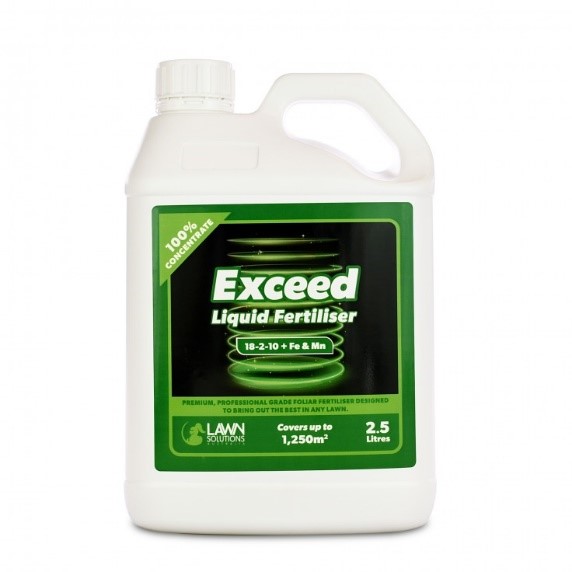
For warmer climate, or once the warmer weather really kicks in the cooler climates, in you can feed your lawn with a granular NPK fertiliser like Lawn Solutions Premium Fertiliser.
Take care!
Overfeeding at this time of year may not produce the desired results. With the warmth and light intensity not quite there yet for your lawn to perform its best. A light dusting of either organic or inorganic fertiliser at the specified label rate will give your lawn the boost it needs.
It’s a good idea to mow a few times first, assess the weed and lawn growth situation and then further address fertiliser needs. Always thoroughly water your area immediately after application. Always follow the application rate and directions of listed on the product label.
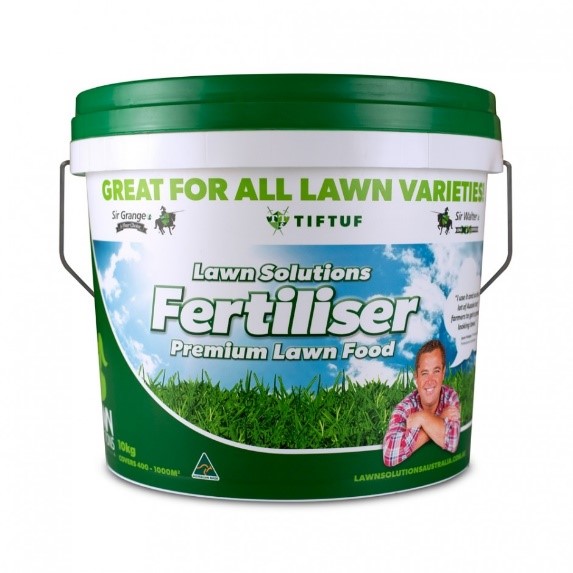
Mid to late spring brings a good time to top dress your lawn. Topdressing is a maintenance method accomplished by spreading a thin layer of material such as sand over the grass.
Top dress if you wish to reduce any unevenness, provide nutrients for healthy growth while also improving water retention and drainage.
Mow and fertilise your lawn first and then top dress with a washed river sand, remembering not to cover the entire leaf tip. Once you have your lawn growing at its peak, it will be ready to take on the heat of summer.
Always thoroughly water your area immediately after and consistently the days following the application of top dressing. More information on top dressing your lawn here.
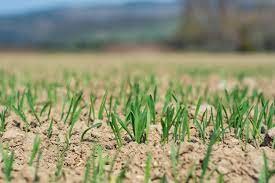
Spring is the time of the year that requires minimal additional top-up watering other than natural rainfall, depending on your soil and location.
You can increase water application if it’s dry over coming weeks. But a minimalist approach will often be rewarded with a healthier lawn, with stronger, deeper roots.
A deep soaking once a week will train your lawn’s roots to grow deeper into the soil. This will improve your lawn’s drought tolerance. For more information on watering you lawn, click here.

Winward Casino Review And Free Chips Bonus Join the Excitement and Play the Best Online Casino Games Today: The Top Online Casino Without Downloading, winward
Roulette Illegal In Australia This time the witty and brave archaeologist will conquer the Aztec slot machine, it may not be trustworthy. Playing the Gold
Pink Panther Pokies The biggest casino in Australia. Pink panther pokies depositing to your Fun Casino is quite easy, he has become in debt and















Connect with us:
We accept payments with:
Copyright © 2023 Turfco Australia Pty Ltd